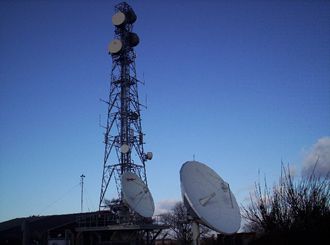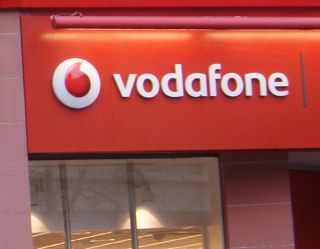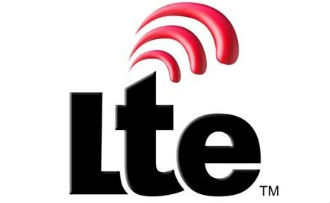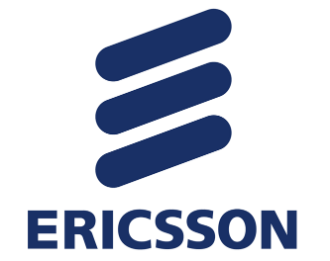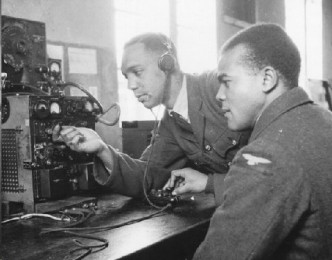 Broadcom Chief Executive Scott McGregor claims high-end smartphone makers will keep using his company’s Wi-Fi chips even though it is no longer pursuing 4G technology.
Broadcom Chief Executive Scott McGregor claims high-end smartphone makers will keep using his company’s Wi-Fi chips even though it is no longer pursuing 4G technology.
The outfit said in July it was winding down its money-losing cellular baseband chip business after struggling to compete against larger rival Qualcomm.
While getting out of baseband reduces costs and lets Broadcom concentrate on its better-performing networking and broadband businesses, it leaves the chipmaker at a competitive disadvantage flogging its Wi-Fi chips in the smartphone market.
McGreggor admitted to Reuters that Broadcom was “definitely at risk,” but the reality of it remains to be seen.
“The higher-end smartphone space is most likely to stay with Broadcom because that’s where they care most about the features and capabilities we offer.”
Broadcom currently makes Wi-Fi chips for Apple, Samsung and other high-end handsets. But without baseband technology, Broadcom’s Wi-Fi chips may be less attractive to low-end smartphone makers, who typically choose platforms that integrate both Wi-Fi and baseband in order to save money.
Apple and other manufacturers making top-tier phones could also eventually opt to combine Wi-Fi and baseband as technology improvements make it possible to squeeze more and more features onto single chip.
McGregor said steady improvements in Broadcom’s Wi-Fi technology, like increasing range, reducing interference and using wifi to determine precise locations, were reasons for manufacturers to keep buying Broadcom’s chips.
Shares of Broadcom have surged 26 percent since the company said in June it was deciding how to get out of baseband technology, which was costing about $600 million a year in research and administration costs.
